Enhancing Your Handheld Radio’s Performance with a “Rat Tail” Antenna Mod
In the world of amateur radio, the “rubber duck” antennas that come standard with most handheld transceivers are a frequent subject of debate. This concern is so prevalent that it’s addressed in the Technician Class exam, where question T9A04 asks about the primary disadvantage of “rubber duck” antennas compared to full-sized quarter-wave antennas. The straightforward answer is their relative inefficiency in transmitting and receiving signals.
For radio enthusiasts seeking to enhance their handheld radio’s performance, the typical route involves upgrading the antenna. Here at BTECH, we endorse and offer the Nagoya line of HT antennas (available at: Nagoya Antennas). These antennas aren’t merely add-ons; they’re transformative components that elevate the performance of BTECH radios.
However, there’s another, often underutilized, technique to boost your handheld antenna’s efficiency: adding a counterpoise, popularly known as a “rat tail” or “tiger tail.” This simple device, consisting of a short wire attached to the ground side of the antenna connector, can significantly enhance your radio’s operational capabilities. In standard operations, a handheld radio’s whip antenna depends on any available ground, leading to suboptimal performance. The addition of a rat tail changes this, enabling the rubber duck antenna to operate much more effectively, allowing for extended reach and better reception of weaker signals.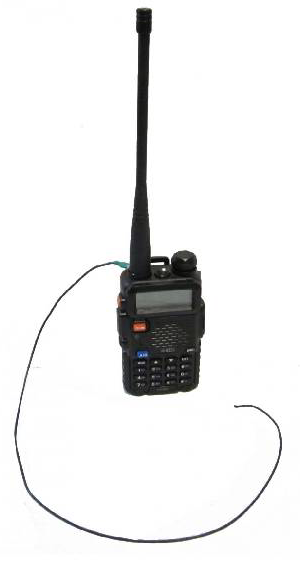
The process of creating a rat tail is surprisingly simple and cost-effective, making it an accessible option for many radio operators. For a 2-meter band, a 19.5-inch length of hookup wire is ideal. After stripping one end, form a loop that fits over the antenna connector and secure it either by soldering or using a crimp-on ring terminal. This loop or terminal is then easily attached to the stud of the antenna.
It’s essential to tailor the rat tail’s length to different bands: approximately 11.5 inches for the 1.25 m (220 MHz) band and around 6.5 inches for the 70 cm (440 MHz) band.
Notably, a rat tail enhances the efficiency of any antenna it’s paired with. This means that combining a rat tail with a top-quality Nagoya antenna can lead to even more dramatic improvements in performance. This combination can be particularly beneficial in situations where signal reach is critical, such as in remote locations or during emergency communications.
In summary, integrating a rat tail presents a unique, budget-friendly solution to significantly boost efficiency. This addition is not just an enhancement for standard rubber duck antennas but also complements high-quality antennas like those from Nagoya, ensuring optimized performance for amateur radio operators. Whether you’re a seasoned ham or a newcomer to the field, incorporating a rat tail into your setup is a smart, effective strategy to enhance your radio’s reach and clarity.





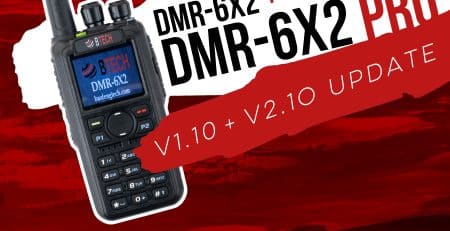

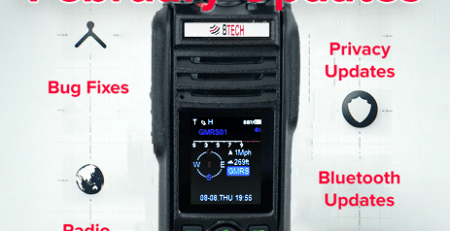
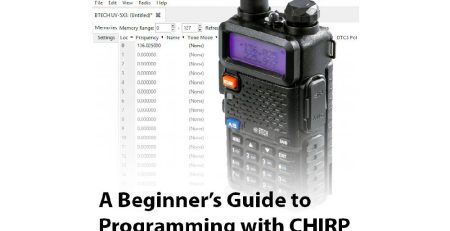
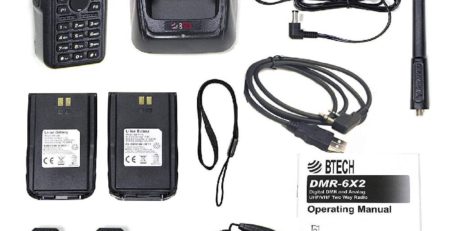
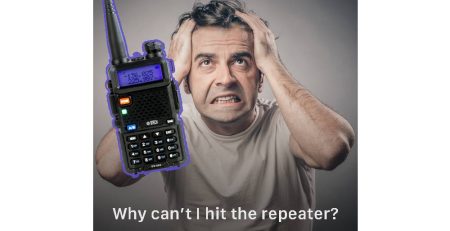

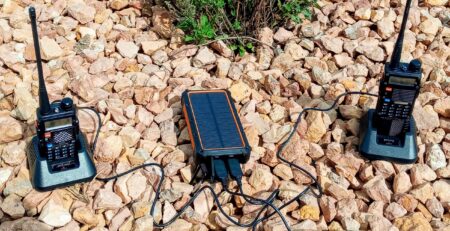
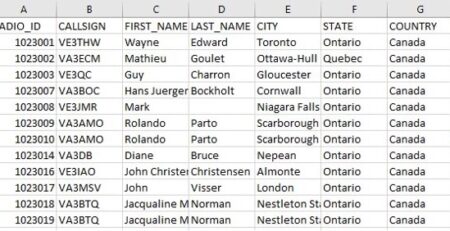




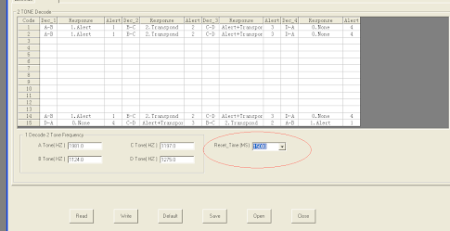




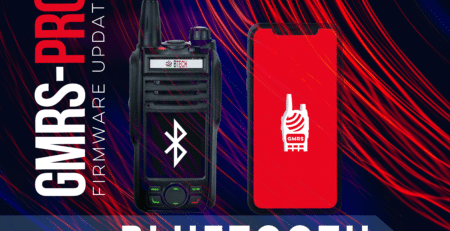
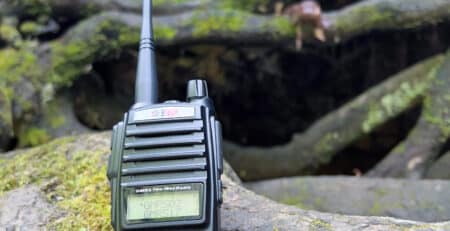
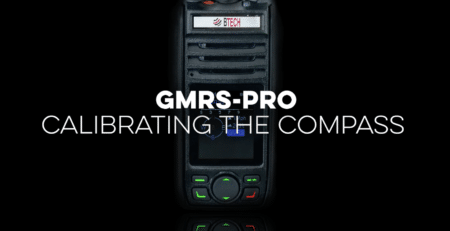

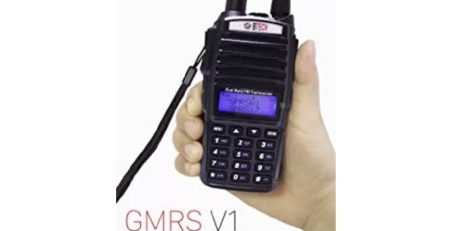


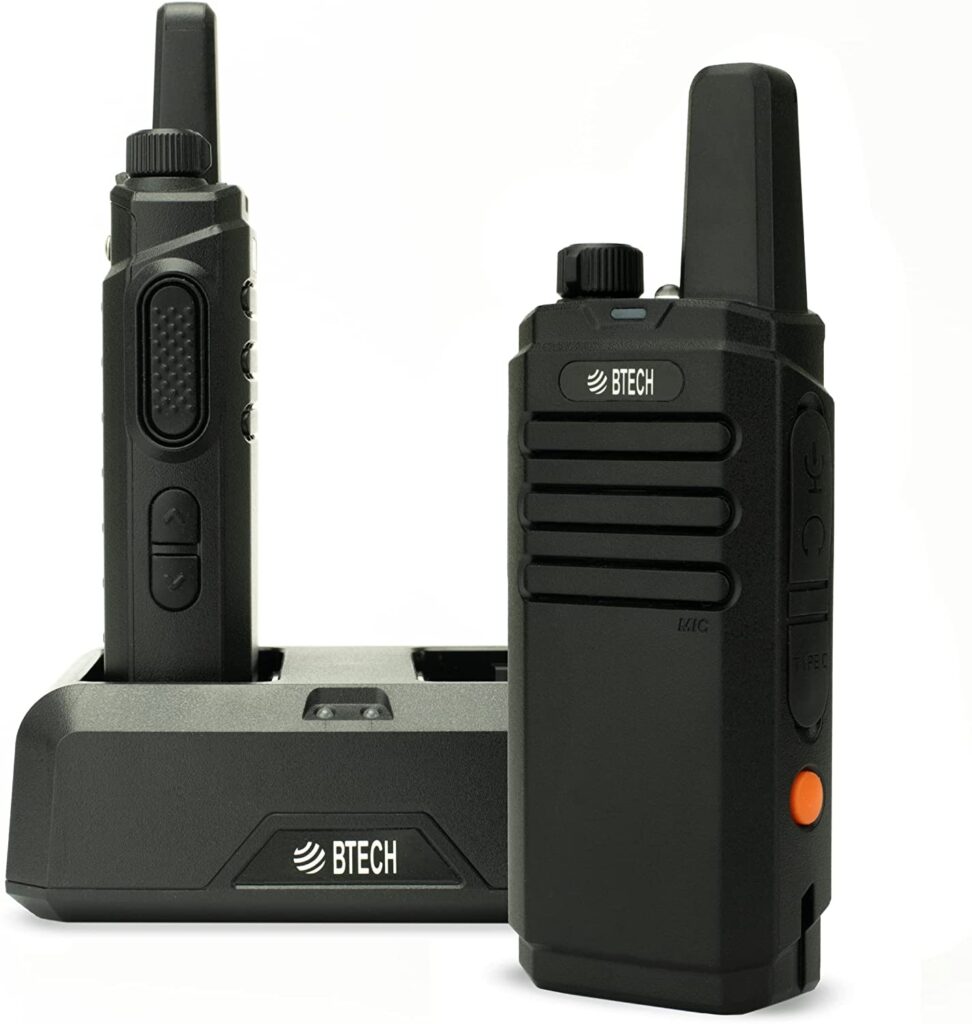
Comments (15)
Working for me. I can now hit the local repeater from a spot where I couldn’t
What is the best gauge of wire to use?
0.2-0.5 mm will be o.k
I’m going to try a piece of awg 10 stranded
Even the worst counterpoise in the world is better than nothing.
Be sure not to let the wire touch the center conductor. If you key it with that short present you can make “magic smoke” while you fry your final output stage.
Hi, I’m a little confused what you mean with the “center conductor” do you mean the Gold Ring around the threaded piece , the silver Part with the thread or the gold pin in the center?
(Sorry if I’m using “amateur terms”, because I’m, well, an amateur)
Please work with Nayoga to build this as a product for all bands – especially C variants – 155, 220, 440 use. Many radios have a “collar” that make it difficult to use a ring terminal around the ground…maybe a add an external screw on the base of the antenna where the collar can be easily attached – the screw would of course connect to the antenna ground.
You might be able to find a screw on the HT case that has conductivity to the chassis and antenna connection collar. This “may” have to be considered part of the rat tail overall actual length.
Ring connector works well with 18 gadge wire with shrink wrap to cover the connector/wire.
Could you simply have one wire 11.5” and another 6.5” and solder them both to the terminal and cover them both in shrink tubing? That way whether you’re in UHF or VHF it’ll take advantage of the double tail.
Two rat tails significantly separated should work. Keeping the two different lengths closely together will most likely negate the shorter one due to capacitive coupling between the two wires.
I did this for my UV-5R, and it works. Thanks for the update.
I made a 6.5” and a bullet connector and a 11.5” extension to cover all three ranges. Works fine.
Hi all, played around with rattails/tiger tails a bit on a variety of ht’s. The online literature shows that they work; with few exceptions approximately doubling radiated power and increasing reception even more. Works for 2m, 1.25, and 70cm. The tail needs to be attached either physically to a grounding point on the radio or using the patented “rattail antenna booster” from B.C. physically attached with velcro and electrically via capacatative coupling. What I found on my UV5x3; attaching a wire under the antenna seemed like dicey business. It reduces the number of threads holding the radio and antenna together and creates a large gap for water and dust. Smaller diameter wires tended to break. A workaround: the snap or clip portion of a fishing swivel under one of the small screws (grounding point) holding the belt clip. Attach the tail using gator or battery clip soldered on the end of the wire. For a combined UHV/VHF design that seems to work (per Mindy, W7ZAP, Pelican Bay Radio Club, on line), cheap ‘ol lamp/speaker cord, the 2 strands cut to 6.5 and 19.5 inches respectively, works. A 26″ length provides two tails. See Mindy’s article for details. Hoping useful. End of report. 73, KI7MBR